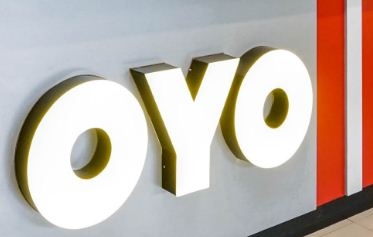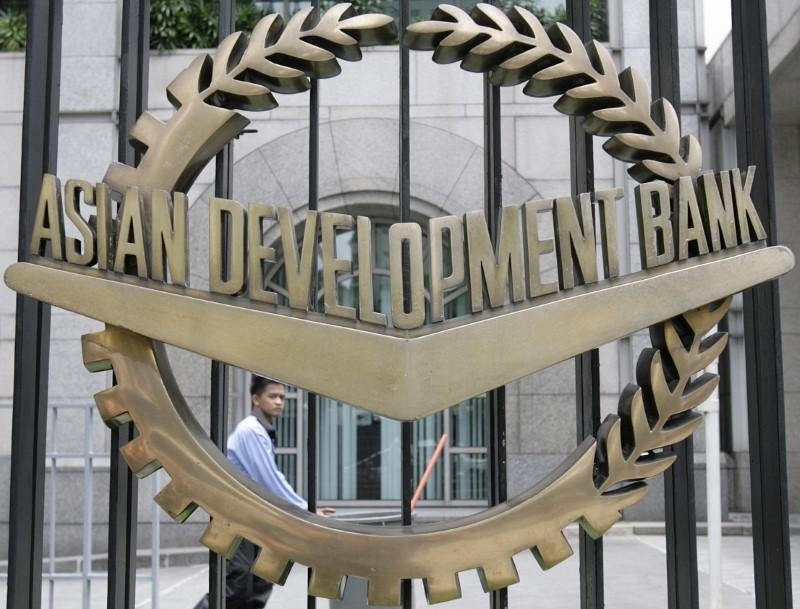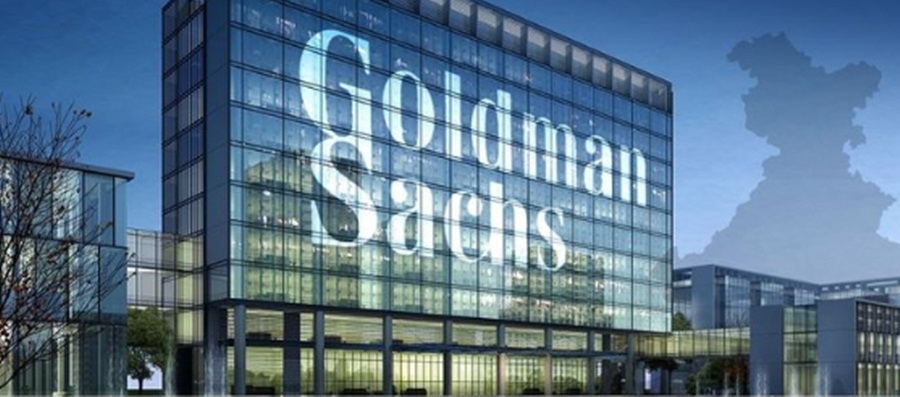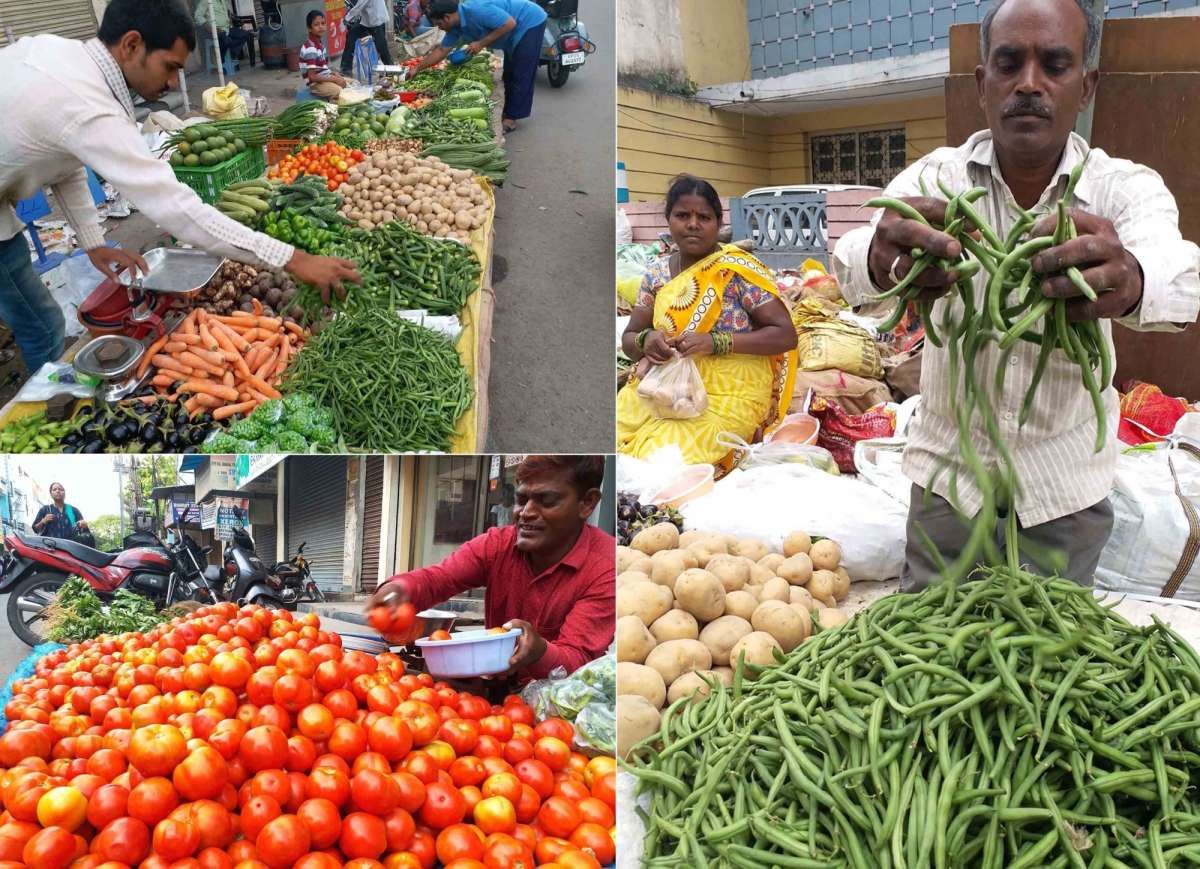This would differentiate it from FTX, which got into trouble by lending customer funds to its sibling trading firm Alameda Research, reports South China Morning Post…reports Asian Lite News
Amid the FTX collapse saga, customers withdrew $1.14 billion in just 12 hours from leading crypto exchange Binance and according to its CEO, the massive withdrawals were “handled with ease” and “things seem to have stabilised” now.
Customers pulled billions of dollars of funds from the exchange, amid fears about the state of the cryptocurrency industry following the collapse of FTX and arrest of its former CEO, Sam Bankman-Fried (SBF), from the Bahamas by the US authorities.
Changpeng Zhao tweeted that this was “not the highest withdrawals we processed, not even top 5”.
The CEO said deposits are returning to Binance.
“Things seem to have stabilized. Yesterday was not the highest withdrawal we processed, not even top 5. We processed more during LUNA or FTX crashes. Now deposits are coming back in,” he tweeted on Wednesday.
“We saw some withdrawals today (net $1.14b ish). We have seen this before. Some days we have net withdrawals; some days we have net deposits. Business as usual for us. I actually think it is a good idea to ‘stress test withdrawals’ on each CEX on a rotating basis,” he posted.
Since the bankruptcy of FTX, Binance has been seeking to prove it has all of its customers’ reserves.
This would differentiate it from FTX, which got into trouble by lending customer funds to its sibling trading firm Alameda Research, reports South China Morning Post.
“In the wake of recent events, it’s imperative we develop new systems that allow users to access continuous on-chain verification of their assets in custody to regain user trust and once again prove that crypto is more secure and transparent than traditional finance,” the company said in a statement.
FTX filed for bankruptcy last month after its possible merger with leading crypto exchange Binance did not materialise.
Following his arrest in the Bahamas, US authorities have officially charged Bankman-Fried with defrauding equity investors and he faces up to 115 years in prison, if convicted.
The SEC report said that Bankman-Fried promoted FTX as a safe, responsible crypto asset trading platform, specifically mentioning the platform’s sophisticated, automated risk measures to the investors.
However, the complaint claims Bankman-Fried allegedly orchestrated a years-long fraud to conceal from FTX’s investors.
“We allege that Sam Bankman-Fried built a house of cards on a foundation of deception while telling investors that it was one of the safest buildings in crypto,” SEC Chair Gary Gensler had said in a statement.
ALSO READ-OYO launches ‘Super OYO’












